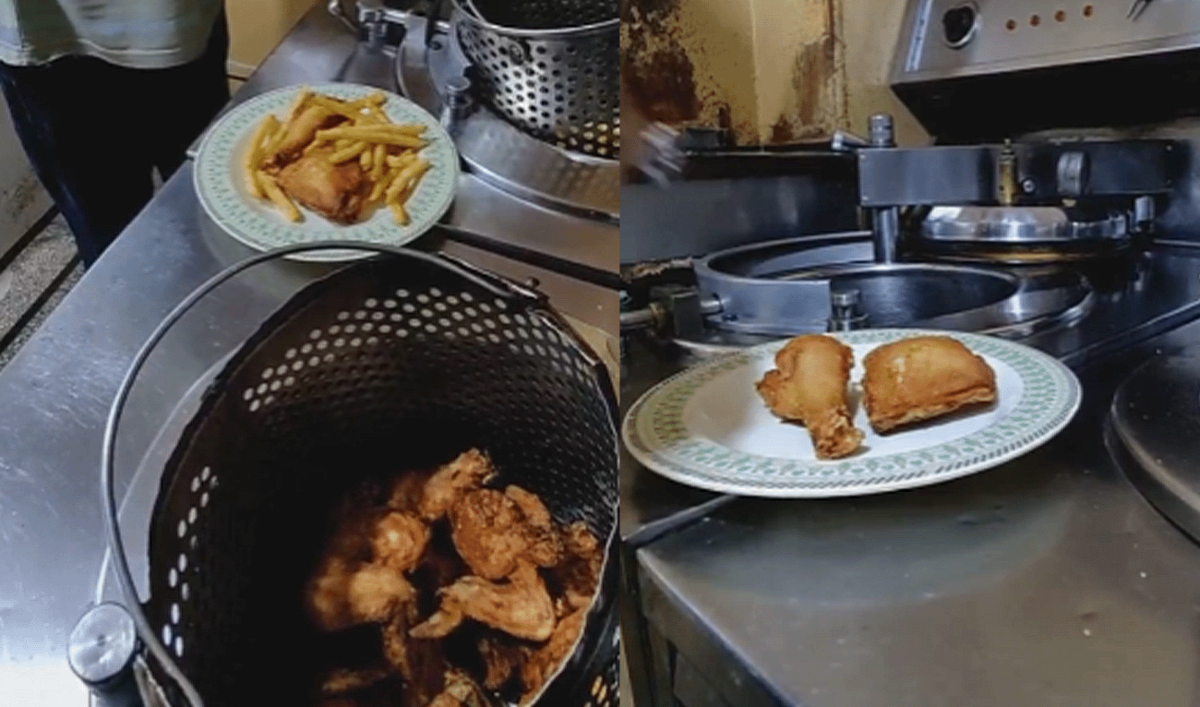KARACHI: Pakistan has vaccinated more than 10.6 million children in the first two days of a nationwide anti-polio campaign, health authorities said on Wednesday, as the country battles a resurgence of the virus that has already left 24 children paralyzed this year.
The weeklong campaign from Sept 1-9 is the countryŌĆÖs fourth drive of 2025 and aims to immunize 28.7 million children under five across 99 high-risk districts.┬Ā
The National Emergency Operations Center (NEOC) said the push was being conducted simultaneously with Afghanistan, the only other country where polio remains endemic.
ŌĆ£In the first two days of the campaign, 37 percent of children nationwide [from target of 28.7 million] have been vaccinated,ŌĆØ the NEOC said in a statement.
Vaccination rates so far include 23 percent in Punjab, 47 percent in Sindh, 41 percent in Khyber Pakhtunkhwa (KP), 49 percent in Balochistan, 44 percent in Islamabad, 59 percent in Gilgit-Baltistan and 65 percent in Azad Kashmir.┬Ā
The drive was postponed in nine Punjab districts due to flooding and will begin in southern KP on Sept. 15.
Polio, an incurable and highly infectious virus that causes lifelong paralysis, can only be prevented through repeated doses of oral vaccine and routine immunizations. Pakistan recorded 74 cases in 2024, a sharp rise from six in 2023 and just one in 2021, underscoring the challenge of eradication.
Pakistan has made major gains since the 1990s, when annual cases exceeded 20,000, reducing the toll to eight by 2018. But vaccine hesitancy, fueled by misinformation and resistance from some religious hard-liners, continues to undermine efforts.
Polio teams have also faced frequent militant attacks, particularly in KP and Balochistan, where health workers and security personnel have been killed while administering drops in remote communities. Officials say such violence, coupled with natural disasters like the current flooding, are complicating nationwide eradication efforts.

















